Basic AI Chatbot Pricing: A simple chatbot that can answer questions about a product or service might cost around $10,000 to develop.
Read More
![]() Location :
Orlando, FL, USA
Location :
Orlando, FL, USA

Company

From humble beginnings to distinct milestones, We have made history.
Providing detailed architecture diagrams, design guidelines, regular status updates, review calls, best coding practices, advanced deliveries, product enhancement insights, and comprehensive post-deployment support.

Years of Experience

Dedicated Professionals

Successful Projects

Happy Clients

Golden Opportunity For Unconventional Thinkers! We have made history.
Mail Your CV at : hr@biz4group.com

Our Leadership Team Crafting the Future of Business with Visionary Leaders

Chief Sales Officer

Board of Director

Technology Director

CTO

Technical Director

Chief People Officer

Founder & CEO
AI Products

Achieve 50% increase in agent productivity and 80% in CSAT.
Efficiently categorizes customer inquiries for streamlined support & faster response times.
Automates booking process, managing calendars and setting reminders for upcoming appointments.
Handles transactions smoothly, ensuring secure payments and processing refunds without hassle.
Keeps customers informed by tracking orders from dispatch to delivery accurately.
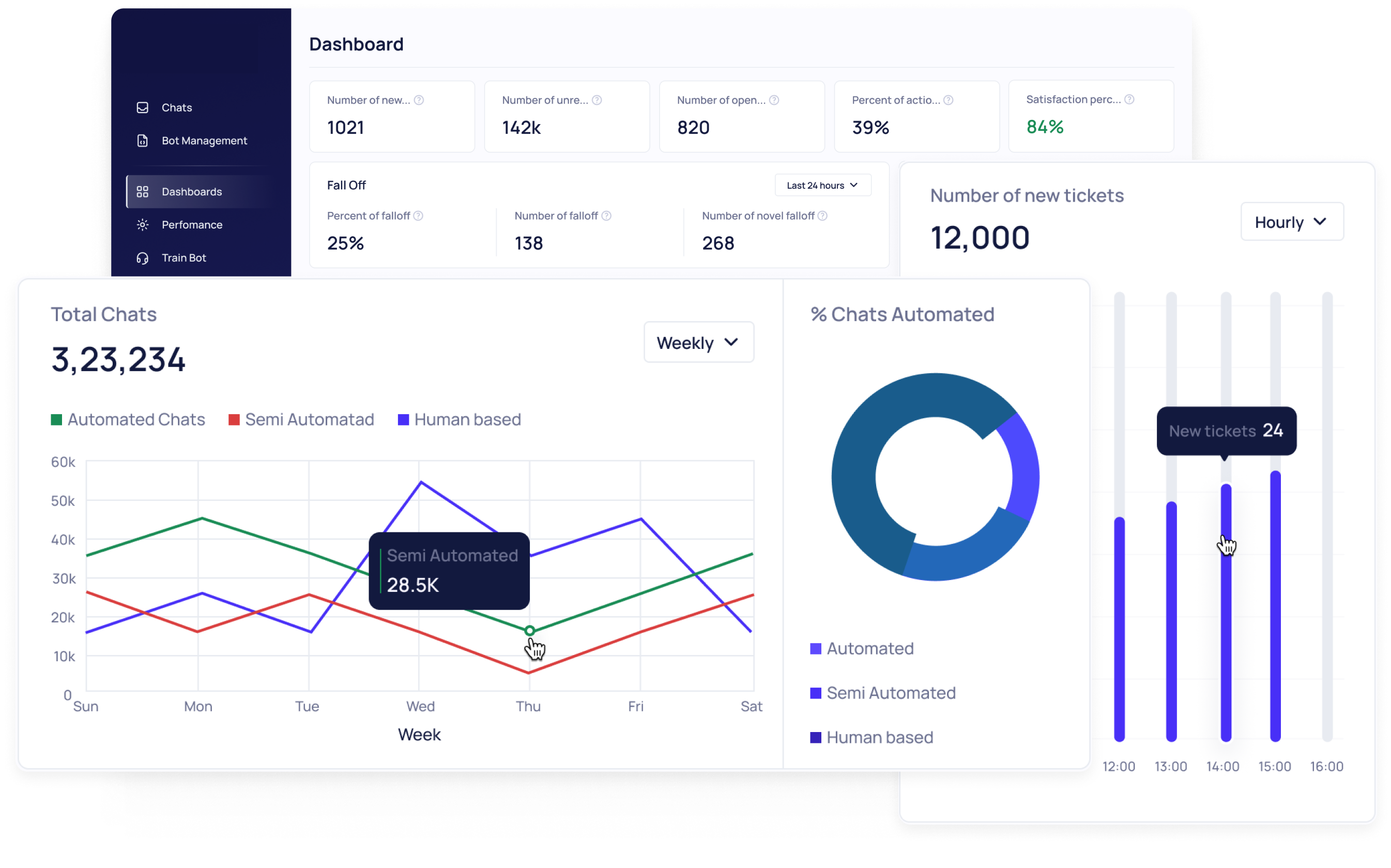

Streamlining the recruitment lifecycle with AI capabilities
Enables swift communication between job seekers, employers, and staffing agencies.
Automates payroll, ensuring accurate, timely payments and reducing manual errors.
Seamlessly integrates with CRM and accounting for efficient staffing operations.
Customizable software for agencies to maintain brand consistency and professionalism.
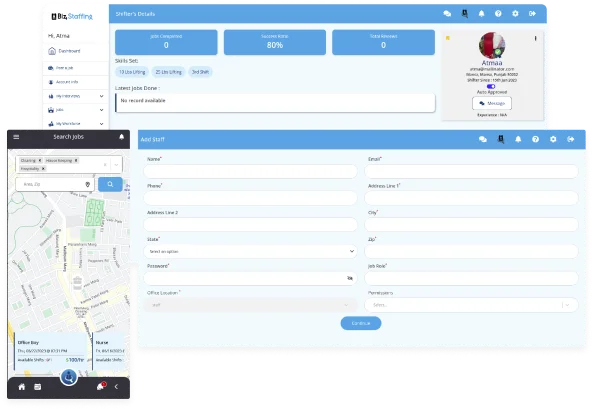

Supporting most of the IoT sensors and actuators out there.
Access to all your IoT devices via centralized internet.
Generate PDF reports for sensor data and share them directly.
Set limits so that you get quick alerts if something goes wrong or isn't as expected.
Spot patterns and detect deviations in sensor data.
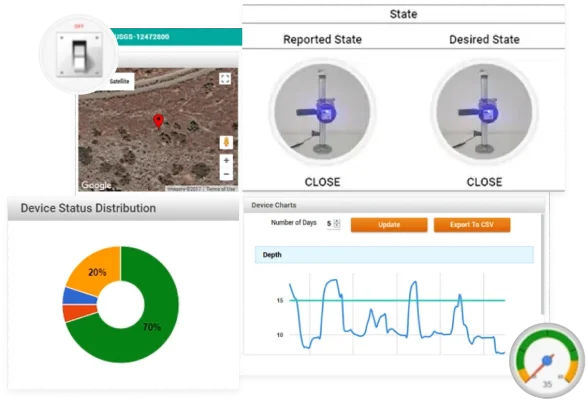

Streamlining enterprise eCommerce with Biz4Commerce®
3D visuals and AR for product illustrations.
AI-powered
chatbots, CRM integration
Lead scoring, automated landing pages, cross-selling and up-selling.
Multi-language and currency support, taxes and payment.
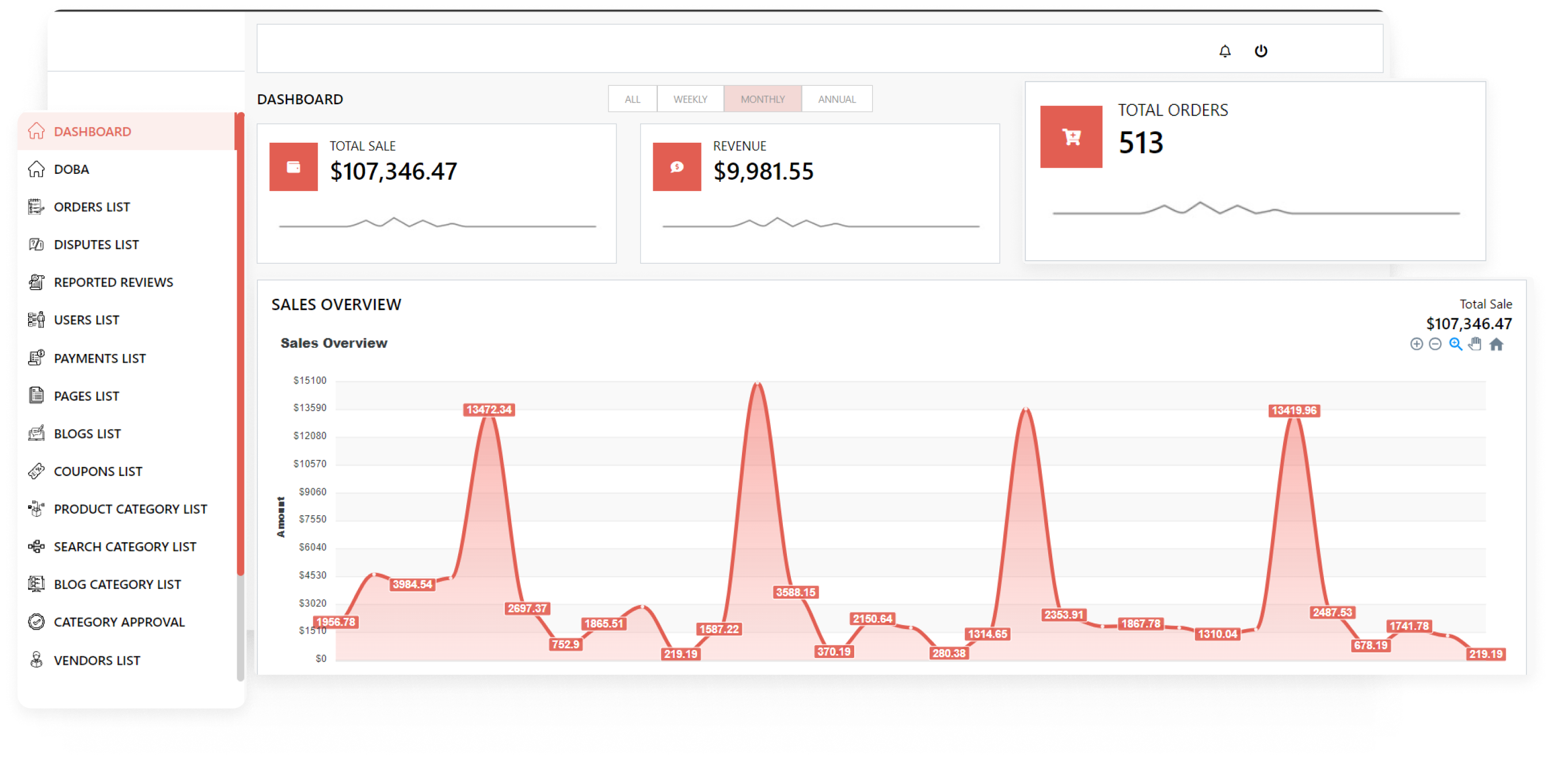
Services





Resources
Discover our handpicked collection of insightful blogs on latest industry trends.
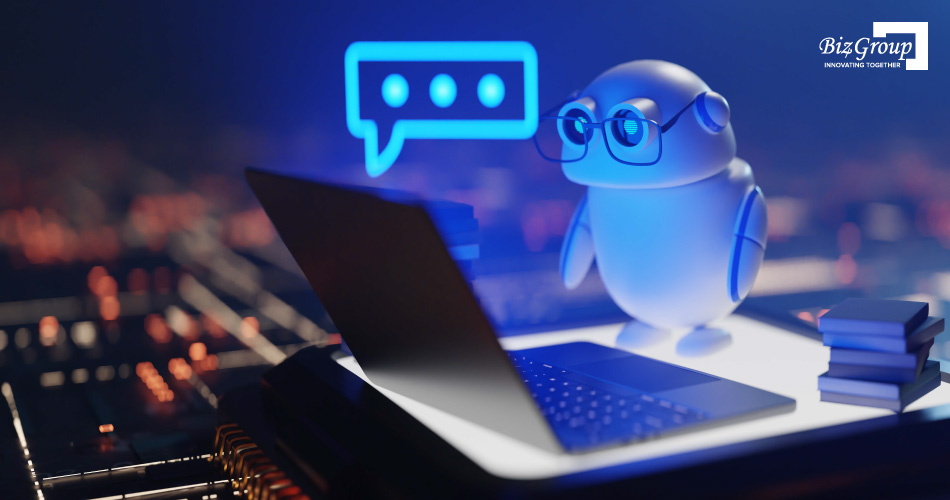
Basic AI Chatbot Pricing: A simple chatbot that can answer questions about a product or service might cost around $10,000 to develop.
Read More

Biz4Group is a renowned software company that offers advanced IT solutions based on cutting-edge technologies such as IoT, AI, and blockchain. Their innovative and reliable approach has earned them a reputation as a leading global software company. Recently, Sanjeev Verma, the CEO and founder of Biz4Group, was interviewed by GoodFirms to shed more light on their business.
Read More
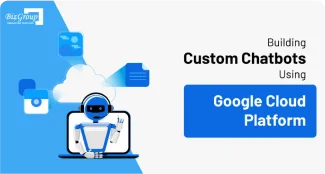
Chatbots are spreading their roots worldwide; every company wants to deploy or integrate them with their systems. But why is everyone running behind the integration and deployment of chatbots?
Read More
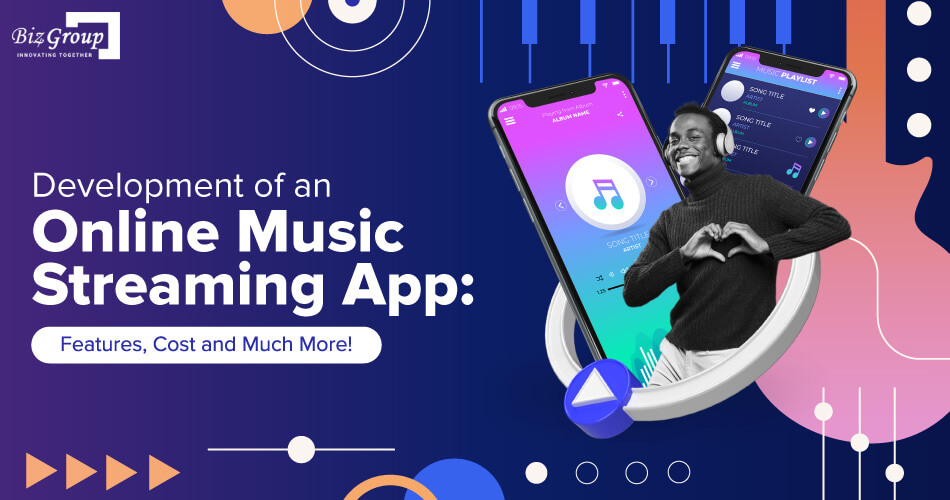
Music Streaming App Development Cost: A basic music streaming app mvp can cost somewhere around $20k – $30k, and a more advanced app with added functions costs somewhere around $50k – $60k.
Read More

Transforming projects into excellence-driven, results-oriented transformation stories.
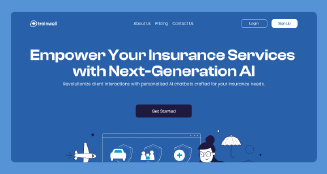
The story is about how we built an AI-powered avatar of our client that helped them train insurance agents with a 50% improvement in training efficiency.
Read More
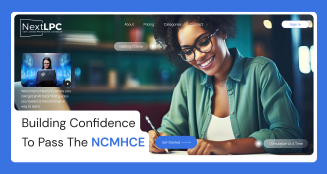
Let's dive into the journey of how our team at Biz4Group developed one of its kind Avatar-based AI eLearning solutions for psychotherapy students.
Read More
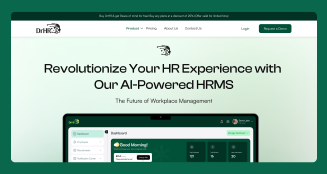
The story is about how we built an AI-powered human resource management system that helped the ShiftFit staffing agency achieve 25% reduction in operational costs.
Read More
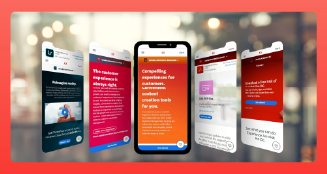
Adobe stands as a mogul today in the multimedia computer software industry worldwide. Adobe Flash, Photoshop, Adobe Illustrator, Acrobat Reader, PDF and Adobe Creative Cloud are some of the revolutionary creative solutions Adobe is currently offering to millions of users globally.
Read More
Company
AI Products
Services
Resources
TL; DR

One big problem in education is that we’re not able to tell how good a student is at different skills. AI can help by figuring out their skills fast, suggesting ways to improve where they're not so good, and connecting them with jobs that need those skills.

Technologies like Generative AI are improving every day and Large Language Models (LLMs) are making it possible for AI to understand human emotions and communication.

An AI system can watch how a student does a task, how long they take, and if they do well.

Duolingo uses AI to make and score English tests for universities and companies. These tests start easy and get harder based on how the student does, finding their abilities and weak spots faster.
Two young reporters from BBC found that 31 out of 33 students in their school had used AI for schoolwork, and 27 of the surveyed thought it should be taught in schools.
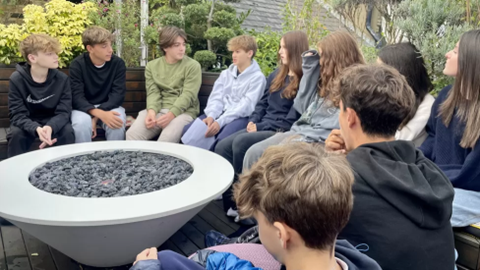
Given that students aren’t reluctant to adopt AI, educational institutions as well as policy makers are seeking ways to implement AI in education.
Sal Khan, who started Khan Academy for online learning, in his recent interaction at Stanford University said that AI could assist teachers in keeping current with new developments in their subject. For instance, a biology teacher could use AI to stay informed about the newest discoveries in cancer research or to improve their teaching materials with AI's help.
Technologies like Generative AI are improving every day and Large Language Models (LLMs) are making it possible for AI to understand human emotions and communication. They are even able to respond in a similar manner – you must already know it if you had your hands on ChatGPT.
So, what’s in it for education?
Let's find out.
Also Read: Chatbot in Education Industry: Applications, Use Cases, Benefits, and Development Cost
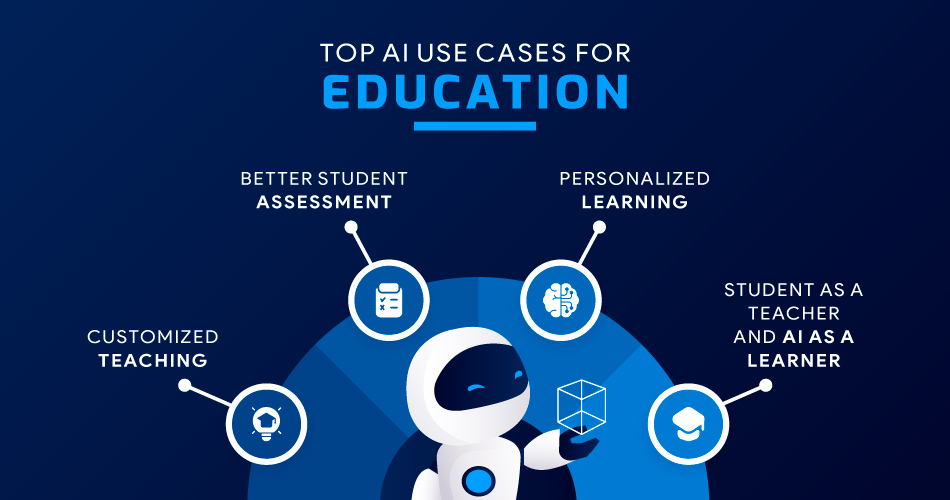
AI is about to make big breakthroughs in the education sector. While teachers may be concerned about their role, generative AI development services offer an exciting path forward. The following four use cases of AI will pave the way for the future of education.
Teachers are trained to figure out what each student in their class needs to learn and adjust their teaching for those specific needs. But with 20 or more students in a class, it's hard to create lessons that fit each person perfectly. Everyone learns in their own way.
An AI system can watch how a student does a task, how long it takes, and if they do well. If a student is having trouble, the system can offer help. If a student is doing well, the system can give more challenging tasks to keep things interesting.
This kind of instant feedback is tough for a teacher or school to do for just one student, let alone a whole class. AI tools for adaptive learning can quickly change the way students learn, the things they learn, and the tasks they do, to help them learn better and get better fast.
For example, at Carnegie Mellon University's Human-Computer Interaction Institute, researchers taught a system on how to solve a math problem. This system can learn rules from a person and change its approach to new problems. It can also find where it struggled before, show those spots to teachers, and explain the best ways it found the right answers.
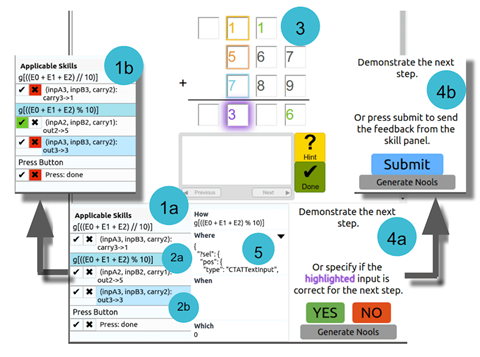
This new approach could potentially allow a teacher to generate a 30-minute lesson within approximately 30 minutes. It’s fascinating!
Testing in education is about knowing if a student is learning what they're taught. Tests like essays and multiple-choice questions have not changed much in a long time. AI can help by finding patterns in learning that teachers might not see.
For example, Duolingo uses AI to make and score English tests for universities and companies. These tests start easy and get harder based on how the student does, finding their abilities and weak spots faster.
Another project, Reach Every Reader, made by Harvard, MIT, and Florida State, has games for parents to help their kids read. These games help find out if kids are reading at the right level and help if they're not.
Chatbots powered by AI can talk with students and help them. It's like asking Siri or Alexa questions, but in education. These AI chatbots for education give feedback and answer questions about the course, helping students learn on their own.
Like how streaming services suggest music or movies, AI can make personalized questions, find mistakes, and suggest new things to learn. These AI tools, developed with chatbot development services, can help learners now and in the future.
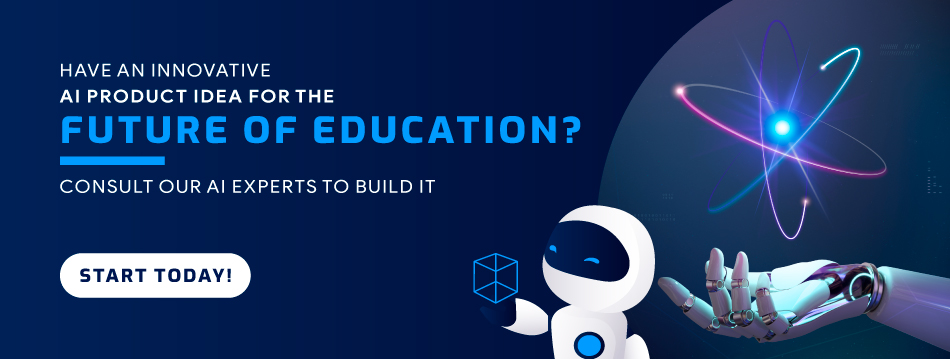
Teaching well means knowing a lot and being able to find mistakes and explain things clearly. It's a powerful learning experience when students get to teach others. But when students become teachers, there's a risk of wrong information spreading.
To help, we can let students' team up with AI. The students act as teachers, and the AI pretends to be the learner. Students explain a concept to the AI and then judge its response, showing what they understand.
This helps us see if students understand the topic. We can adjust lessons, discuss the concept more, or correct any misunderstandings.
Of course, AI is not a panacea. Let’s look at the limitations, chall enges, and risks associated with AI:
AI has the ability to make up things that sound believable but might be wrong. So, it's better not to believe everything it says right away. If it gives a fact or number, it's safer to assume it's not right unless you're sure or can double-check with another source.
If there are any mistakes or things missing in what the AI says, you'll be the one responsible. It's more reliable when it comes to things you already understand and can confirm. Even the larger AI models, such as GPT-4, can sometimes make things up, although they tend to do it less.
AI can have biases, which come from the data it was trained on or human involvement. These biases differ among different AI models and might include biases related to gender, race, certain perspectives, approaches, or political beliefs.
Each AI model might have its own specific biases, and they might not always be obvious. You should think critically about the answers you get and be aware that biases could be present.
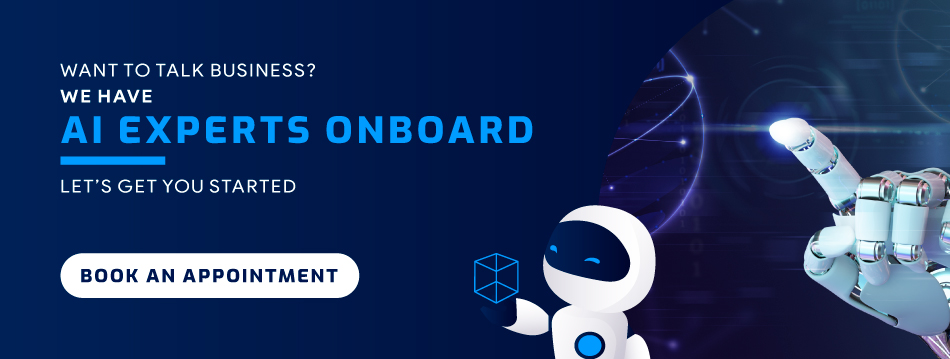
When you give data to the AI, it might use that information for future training. Even though ChatGPT offers a privacy mode that says it won't use your inputs for future AI training, the real state of privacy is often unclear for many models, and the legal consequences aren't always clear. It's better not to share anything with AI that you want to keep private.
Most of these challenges will go obsolete with time. As AI models advance and become mature, there will be less or no room for error in terms of data accuracy and tone.
Being an AI development company, we’ve been working with entrepreneurs in the field of education. We can clearly see things moving forward at a pace.
Being an AI enthusiast myself, what I see being added to the sheet of AI development in education is just the surface. AI has just started getting mature and the upcoming years will bring new use cases.

Sanjeev Verma, the CEO of Biz4Group LLC, is a visionary leader passionate about leveraging technology for societal betterment. With a human-centric approach, he pioneers innovative solutions, transforming businesses through AI Development, IoT Development, eCommerce Development, and digital transformation. Sanjeev fosters a culture of growth, driving Biz4Group's mission toward technological excellence. He’s been a featured author on IBM and TechTarget.
Linkedin -
https://www.linkedin.com/in/sanjeev1975/with Biz4Group today!
Our website require some cookies to function properly. Read our privacy policy to know more.